How to choose fonts and calligraphy stickers for beginners of calligraphy? Let’s first talk about which font to choose.
There are several types of fonts: regular script, running script, official script, cursive script, seal script, oracle bone script. Everyone knows how to distinguish these types of fonts, so I won’t go into details. So which font to start with? The common approach is to start with regular script. Of course, some teachers suggest starting with seal script and official script. In fact, they all make sense. The reason is that these three fonts are relatively static and easier to master. Just like a baby learning to walk, it first walks steadily and then learns to run. This is logical. Since you can buy all three fonts, is there still a difference?
Of course there is. Let’s first take a look at the evolution of Chinese calligraphy:

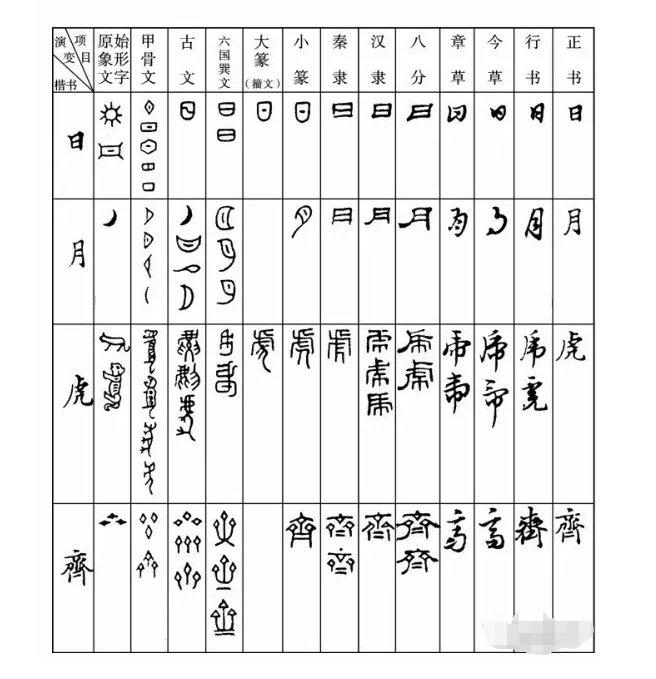
The prototype of writing can be traced back to the Neolithic Age 6,000 years ago. The engravings on painted pottery and black pottery should be the primitive stage of Chinese characters. The art of calligraphy has a long history. It has been more than 3,000 years since the oracle bone inscriptions of the Yin and Shang Dynasties. During this period, it has developed different aspects and styles. In summary, they are all rooted in the five calligraphy styles of seal, official script, regular script, running script and cursive script. In terms of the style of the times, seal script was the most dominant before the Zhou and Qin Dynasties. During the Qin and Han Dynasties, official script sprouted, developed and reached its peak. In the Western Han, Three Kingdoms, Wei and Jin, the three styles of Cao, Xing and Kai came into being, replacing seal script and becoming the official script at that time. The main calligraphy styles and the five styles of calligraphy have been completed. Since the Southern and Northern Dynasties, the five bodies have been parallel. Regular script was at its peak during the Sui and Tang Dynasties, and various schools established sects and sects, which served as models for future generations. After the prosperous Tang Dynasty, cursive script rose to new heights and became ever-changing, creating a new situation in cursive script. The running script of the two Song Dynasties is the best, with more and more vitality and extremely beautiful appearance. The Yuan and Ming Dynasties paid equal attention to regular script, running script, and cursive script, but they took the retro style as their main style, but their momentum was no longer as strong as that of the Tang and Song Dynasties. In the middle of the Qing Dynasty, the study of stele began to rise, and ancient seal script became quite popular. The calligraphy style was ancient and majestic, with new ideas.
After looking at the history of the evolution of calligraphy characters, we understand that regular script is the later calligraphy style in the evolution of calligraphy fonts and carries elements of other calligraphy styles. Starting from regular script, Gu Zuo can learn official script and seal script, and can connect them later. Running script and cursive script are a good starting point.
How to choose fonts and calligraphy stickers for beginners of calligraphy?
First: if you take the upper part of the law, you will get the middle of the law; if you take the middle part of the law, you will get the lower part of the law; if you take the lower part of the law, you will get the bottom of the law. Therefore, we must choose famous masters from past dynasties as our teachers. These famous masters from past dynasties often have extraordinary and holy skills, and their works have been passed down after thousands of years of verification. Choosing them as teachers is "taking the best from Dharma masters". So we generally choose: Ouyang Xun of the Tang Dynasty (European style), Yan Zhenqing of the Tang Dynasty (Yan style), Liu Gongquan of the Tang Dynasty (Liu style), and Zhao Mengfu of the Yuan Dynasty (Zhao style). Then how to choose copybooks?
One is to choose copybooks that are close to your personality; the other is to choose copybooks that are opposite or complementary to your own personality. What's the point of these two methods?
The first one is chosen based on your interest and calligraphy level. Because it is close to your personality, firstly, you will be more likely to "fall in love" with the style and interest of the copybook; secondly, you will be able to better understand the style and interest of the copybook, and be able to form feelings and have a tacit understanding.
The second one is chosen from the perspective of improving your character and making up for your character deficiencies through calligraphy. For example, if your personality is more introverted, then you should choose a copybook that is extroverted and bold. In this way, over time, the boldness and boldness when writing will penetrate into your personality.
The table below can serve as a guide:
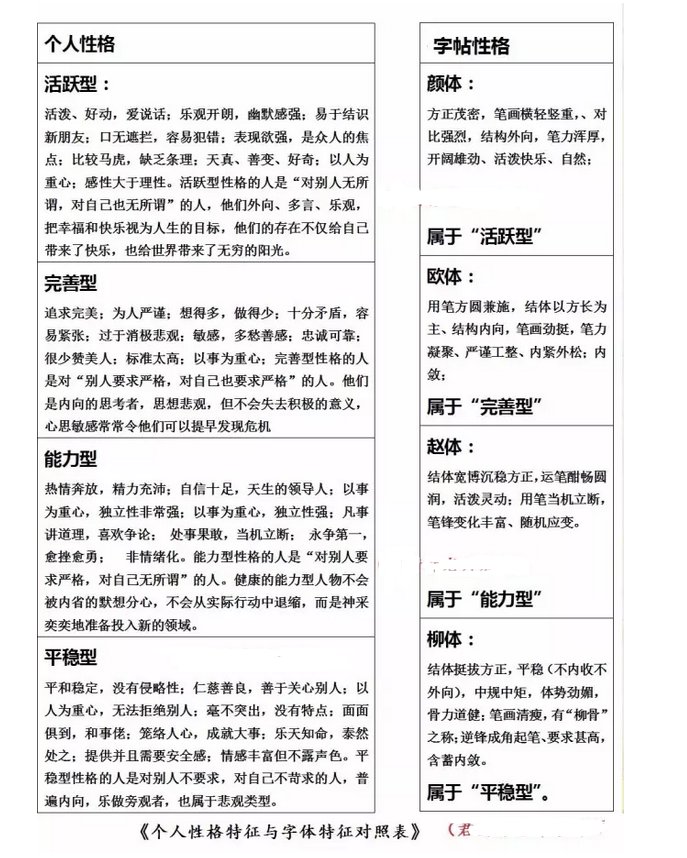
Recommendations for regular script copybooks:
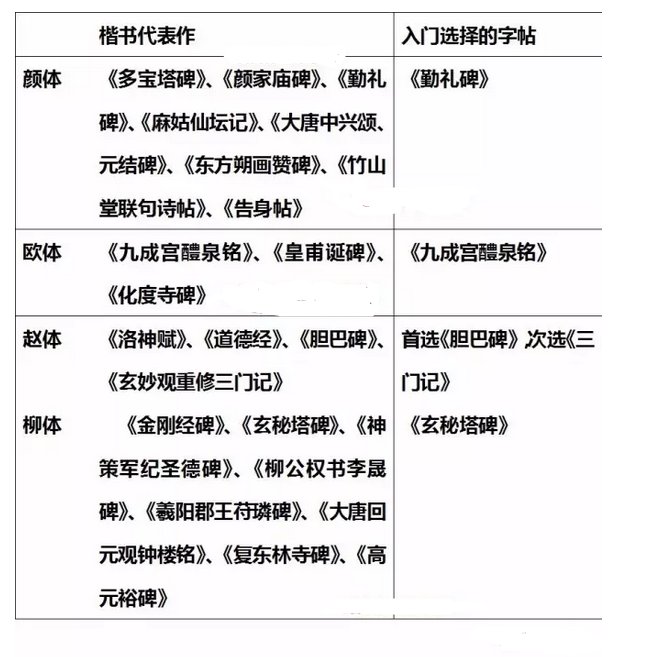
I’ve talked about starting with regular script and selecting calligraphy from regular script. So, is it important to choose which type of calligraphy to start with for each “style”?
Different copybooks of the same calligraphy are different. For example, Yan Ti, Qin Li Stele and Magu Immortal Altar Monument have different characteristics. Although we can choose or even copy them all, there must be a certain order. Which one comes first is important. For example, if you choose facial expressions, it will be "difficult" to choose the Magu Monument as soon as you get started, because the Magu Monument is Yan Zhenqing's representative work in his later years. At this time, his skills have reached a state of perfection, and he has reached the state of doing whatever he wants, while in the beginning Scholars do not have this skill, cannot understand the level of the Magu Monument, and cannot learn the characteristics and spirit of Yan Zhenqing's brushwork.
When we choose entry-level copybooks, we can summarize one principle, which is to choose mature masterpieces of various fonts. There is a table below, which talks about the representative works of the four masters of regular script and their selected copybooks:
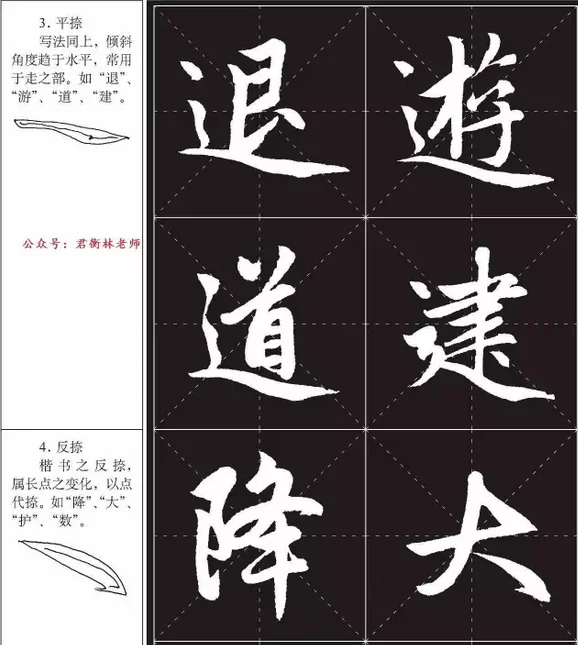 ,
,
"Zhao Mengfu: Monument of Danba"
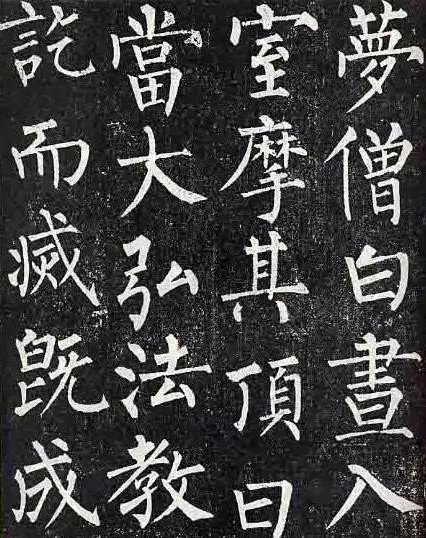
"Liu Gongquan: Mysterious Tower Stele"
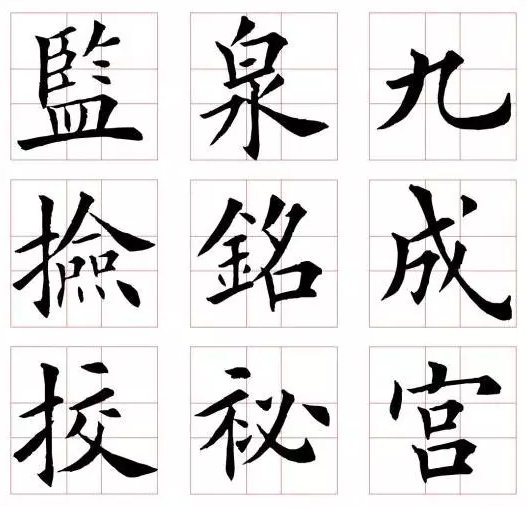
"Ouyang Xun: Jiucheng Palace Liquan Inscription"
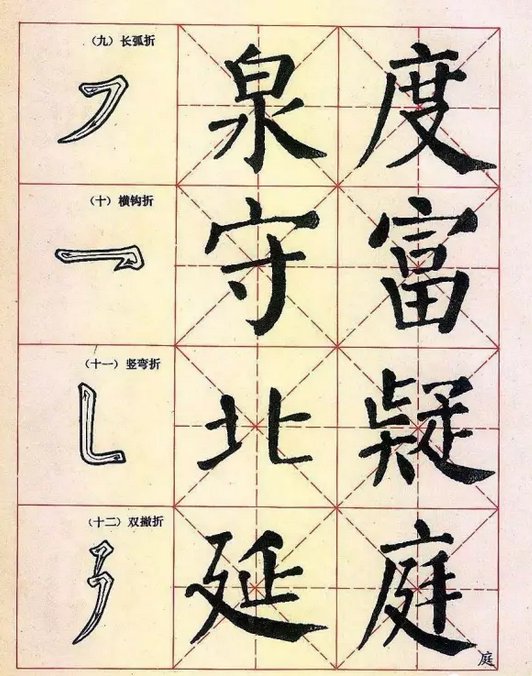
"Selected Films from Yan Qin's Monument Copybook"
The above is about which copybook to choose when getting started; but after we get started, we should study the other copybooks of this company one by one, so that we can achieve a deep and comprehensive understanding and mastery of the calligraphy style of this company. Of course, it must be in-depth and comprehensive. Mastery depends on your artistic goals.
Let us now summarize the main contents of this article:
1. It is more appropriate to start learning calligraphy from regular script;
2. Starting from regular script, you must "take the best". When choosing a copybook, you should choose from Yan Ou Zhaoliu, the four masters of regular script. Personal personality characteristics are a good basis for choosing which copybook. You can choose in the same direction, in the opposite direction, and complement each other. Method selection.
3. When choosing copybooks, choose the mature and most typical works of the four great masters.
This article is published by 15CiLian.com, please indicate when reprinting: https://www.seowhy15.com/a/376.html








